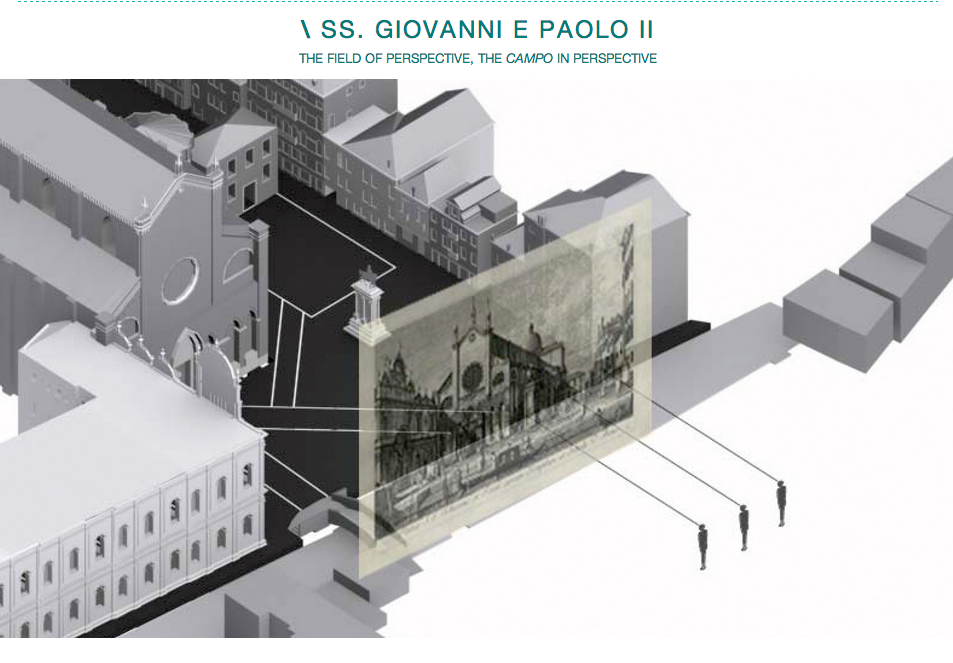Yesterday’s talks and workshops all emphasized how digital tools can enable new and exciting approaches to data comparison and scholarly collaboration, phenomena that have, historically, been powerful catalysts for change within the broader field of Humanities. Scholars shared impressive platforms that allow for new ways of aggregating and dissecting data on a scale that dwarfs what art historians, who traditionally work with a limited group of art objects, have previously attempted. From Lev Manovich‘s analysis of one million works of contemporary art from DeviantArt (or the entire arc of Van Gogh’s career) to the Google Art Project with its gigapixel images of museum masterpieces, we saw “big data” (in a relative sense) come to art history.
Many of the digital based projects presented have enabled small teams of scholars to come together to find not only new answers, but also to propose new, previously un-askable questions. Paul Jaskot’s lightning talk on his research project Holocaust Geographies focused on the scale of construction at Nazi concentration camps, and demonstrated how building projects were not merely secondary concerns in the daily life of these camps, and instead were intimately woven into the suppression—as well as the attempted rebellions—of the inmates. Stephen Murray’s truly excellent Mapping Gothic France web project revealed how these sorts of comparisons can be made useful to students; by allowing them to overlay renderings of different cathedrals from different time periods, students are able to more easily internalize stylistic changes in Gothic architecture across Europe, and to relate these to wider shifts in the political and cultural climate.
Ultimately, what impressed me about the sessions at THATCamp CAA was how they called to mind conditions similar to those that, according to Bruno Latour, prefigured the Renaissance and the Scientific Revolution. For Latour (see “Visualisation and Cognition: Drawing Things Together), what precipitated these worldwide historic upheavals was not a change in man’s intelligence, Rationalism, or even scholars’ willingness to account for experimental data. The real catalyst, Latour argues, was that for the first time, scholars were able to compare observations based on a broad range of historic data, from both Eastern and Western sources. The laying side-by-side of these observations enabled scholars to spot errors in a systematic way and encouraged a wholesale rethinking of “truths” that had gone unchallenged for centuries. We may have to wait some time to see the fruits of these new comparative models enabled by digital technology, but I am confident that exciting new ways of looking and thinking are sure to result.
Mike Maizels, Predoctoral Fellow, National Portrait Gallery


